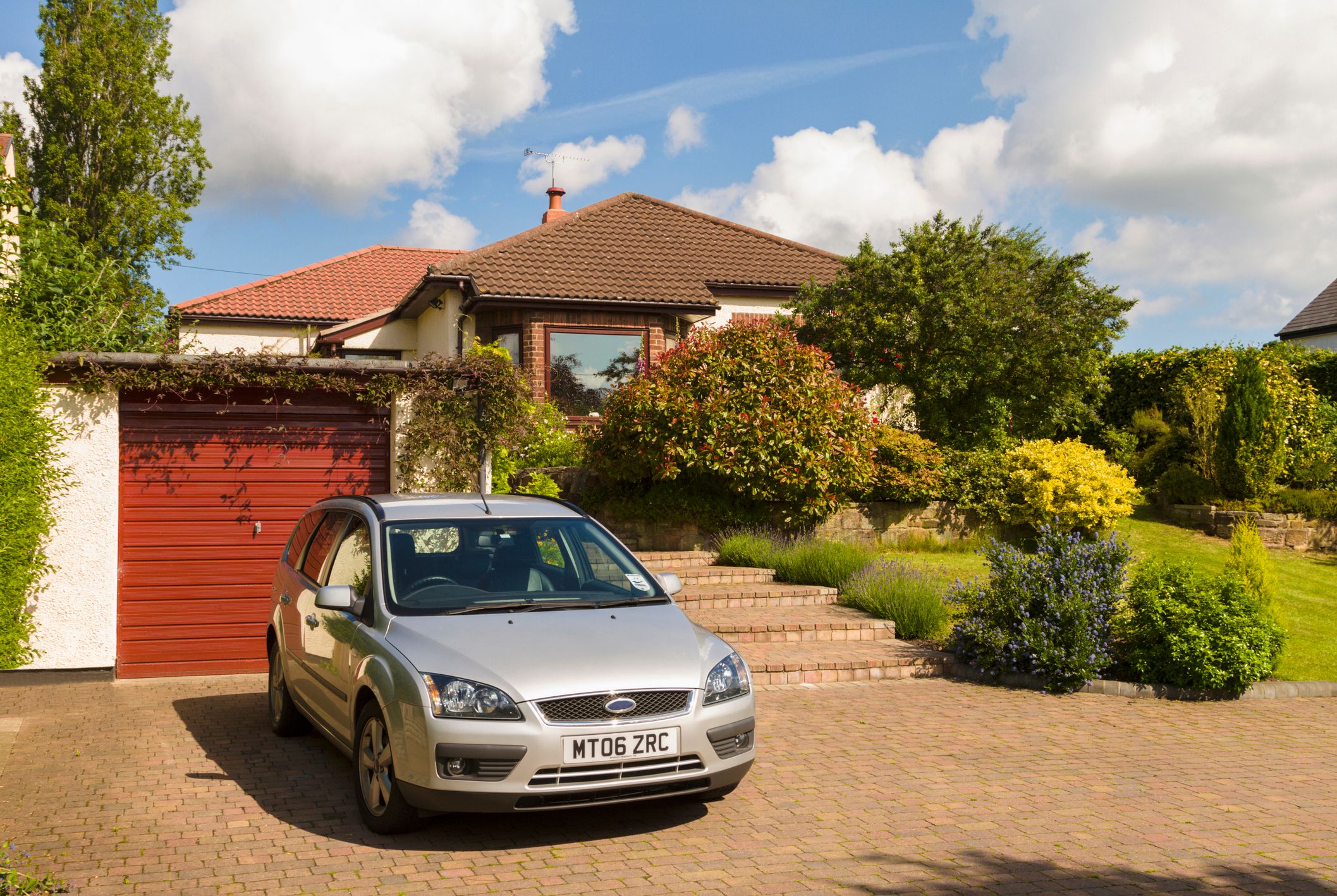Secure Your Car With The Super Car Insurance Plan!
Believe it or Not! Save upto* 75% on TATA AIG Car Insurance
Secure Your Car With The Super Car Insurance Plan!
Believe it or Not! Save upto* 75% on TATA AIG Car Insurance
Things to Reduce Pollution from Cars
- Author :
- TATA AIG Team
- ●
- Last Updated On :
- 15/06/2023
Motor vehicles are one of the first essential investments people make to improve their quality of life. They are a much-needed asset for anyone that lives in a big city and needs to make daily commutes. However, due to the increasing demand for private vehicles in large Indian cities, air pollution is becoming an increasing concern.
Air pollution is one of the biggest problems nearly every Indian city faces today. Continued inhalation of fumes can lead to respiratory illnesses and even cause lung damage. It's been reported that vehicle exhaust fumes cause at least 70% of the air pollution we face today.
If you are wondering what you can do to help curb this growing problem, keep reading to find ways to reduce air pollution caused by vehicles.
How To Reduce Vehicle Pollution?
Here are some ways you can do your part to reduce vehicle pollution in India
1. Get A Pollution Under Control (PUC) Certificate
The first responsibility of every car owner is to get a Pollution Under Control (PUC) Certificate. This is an accurate way to assess whether your vehicle emits emissions under permissible limits.
A pollution under control certificate is a mandatory document that should always be on your person when you go for a drive. That, along with your driver's licence, vehicle registration certificate, and four-wheeler insurance, make up the essential documents you need to drive on public roads in India.
If you find that your vehicle emits emissions over the prescribed limit, it may be time to get it serviced or replaced.
2. Use Alternate Fuel
Alternate fuels are rising in popularity among younger drivers as they are more environmentally conscious. For example, CNG-fitted cars or electric vehicles are increasingly popular because they emit 5% - 10% less CO2 (carbon dioxide).
CNG is preferred over traditional fuel choices like petrol or diesel as they reduce car emissions by 75%. It's also incredibly cost-effective, making it an attractive alternative, especially when fuel prices are rapidly increasing.
Using low and zero-emission vehicles that run on biofuel or on hybrid engines is also a good alternative if you can afford to make the switch. Apart from EVs, some cheaper no-fuel alternatives are bicycles. For short-distance trips, it’s also better to walk instead if permissible.
3. Regular Car Maintenance
Regularly maintaining and servicing your car plays a huge part in reducing emissions. It can result in cleaner emissions as well. However, poorly serviced and maintained cars, due to the accumulation of debris and dust, can result in higher pollution.
So you must have your car regularly or seasonally serviced to ensure it doesn't overproduce emissions. Another plus side to regularly maintaining your vehicle is its increased longevity, so you won't have to buy a new car to replace your old one so soon.
Consider taking driving lessons and courses that teach vehicle maintenance and driving techniques that can help with fuel-efficient or economical driving.
4. Switch Off The Engine When Not Needed
Leaving the car engine on when idle can result in wasted fuel. This can be the case when waiting for long hours in traffic, waiting at a red light. During these extended periods, turning off your engine to reduce car emissions and save fuel is better.
Other ways to reduce fuel consumption is by taking public transport or walking. Carpooling is also another great alternative, especially if you need to commute to work daily.
5. Maintain A Constant Speed
Driving at higher speeds and constantly breaking can increase fuel consumption and emissions. It's better to maintain a constant speed instead. This means there's less fuel consumption and reduced vehicle pollution.
Furthermore, steady breaking should be employed over abrupt ones, as abrupt braking can use more fuel.
6. Avoid Rush-Traffic Hours
No one likes traffic jams, but they are almost unavoidable in large Indian cities. Moreover, being stuck in one can lead to constant braking, leaving your engine on for long hours when the car is idle, and maintaining an inconsistent driving speed.
All of these contribute to an excess of fuel consumption. So it's advised that you plan your trips and avoid rush hour traffic times whenever possible.
7. Choosing The Right Vehicle
With various options present today, you must choose the right car when buying a new one. Remember, your choice of vehicle should be in accordance with how you intend to use it; otherwise, its effectiveness is void. For example, a diesel car would be best if you take a lot of long-distance trips. It will provide a better economy, and you won't have to refill on fuel constantly.
For shorter intercity drives, a petrol car is often recommended. This is because it gives a better driving experience and reduces fuel emissions. Lastly, electric or hybrid vehicles are the best options in cities with proper charging facilities.
Additional Ways To Reduce Air Pollution Caused By Vehicles
It's important to make individual changes to our driving habits but systemic changes are just as important.
- Better traffic management is key in pollution control as it has the most significant impact. Seamless traffic management can reduce car emissions by a considerable percentage as it rules out the root causes for increased fuel consumption and can increase the vehicle's fuel economy. Unfortunately, it's often an overlooked method but effective nonetheless.
- Implementing uniform vehicle emission norms is another effective way to curb excessive emissions. It's even been included under the Environment Protection Act under the Motor Vehicles Rule and Air Act, drafted in 1991.
Since its implementation, several modifications have been made, leading to BS III, IV, and VI emission norms adopted for vehicles under several categories.
- Newer car models come with more fuel-efficient engines, which lead to an overall decrease in fuel emissions. Inventions like catalytic converters can help reduce vehicle emissions by a large percentage. Furthermore, newer cars with four-stroke engines are more fuel efficient when compared to cars with two-stroke engines.
Conclusion
Pollution is a growing concern worldwide. Now is the best time to take into consideration the ways you can help to reduce vehicle pollution. Putting some of the suggestions stated here into practice will help minimise your carbon footprint and help lower air pollution levels when used in tandem with the systemic changes that have been established.
So if you are a new car owner, the next best thing you can do is get insurance for your 4-wheeler. A comprehensive car insurance policy from Tata AIG can provide many benefits for new car owners, especially if you live in accident-prone areas.
If you need help deciding what plan to get, you can even compare car insurance plans on our site to get the complete picture and choose the best plans for your car.
Disclaimer / TnC
Your policy is subjected to terms and conditions & inclusions and exclusions mentioned in your policy wording. Please go through the documents carefully.


